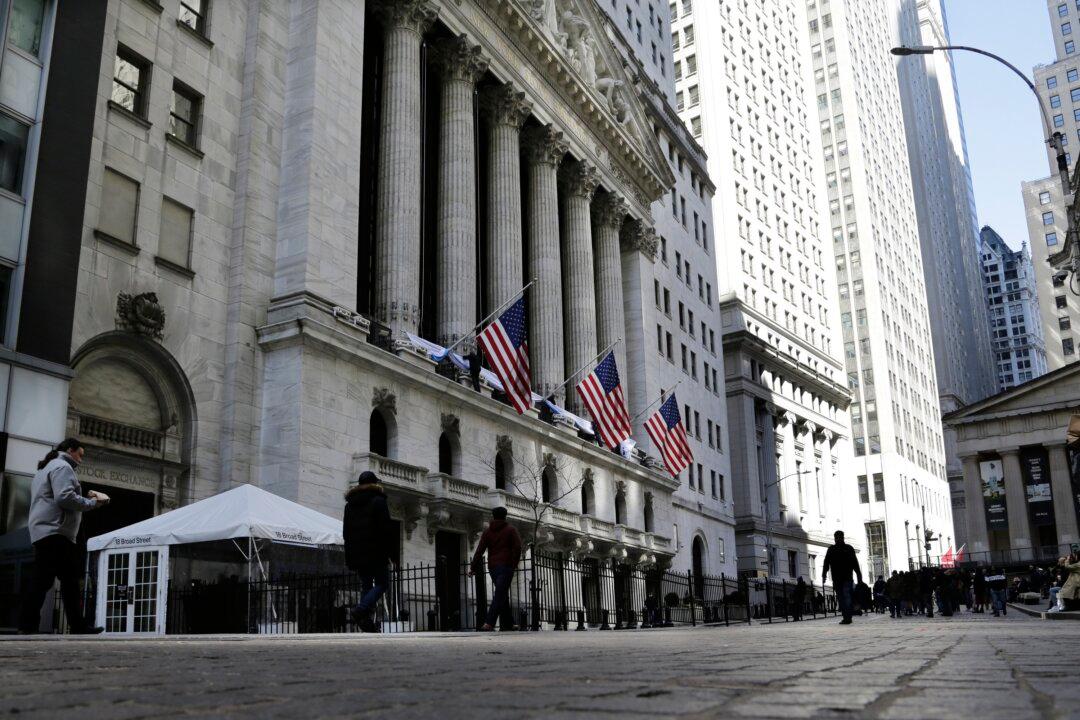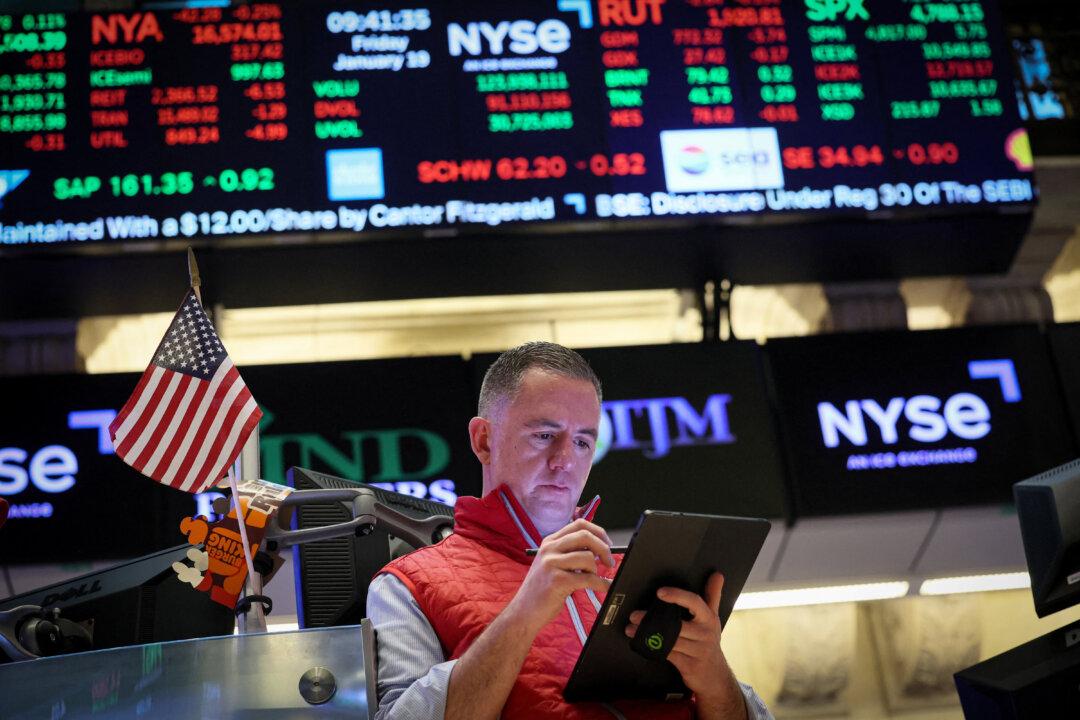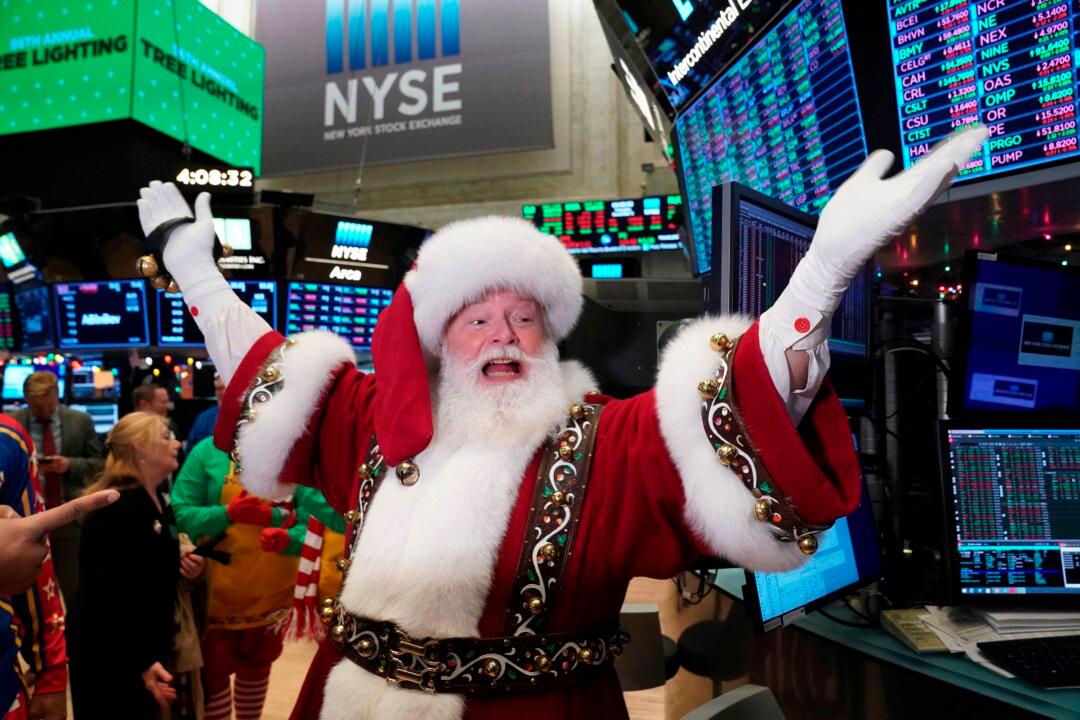Commentary
The surreal correlation between Treasury rates and stock index futures that had been intensifying in September and October played its role—in a positive manner for a change—with both stock index and Treasury futures registering sharp rebounds. The 10-year Treasury yield, for example, dipped below 4.50 percent intraday on Friday, on the news of the cooler October payrolls report, extending further drops after Federal Chair Jerome Powell’s press conference, where he for once sounded a bit more in tune with the present economic reality.




